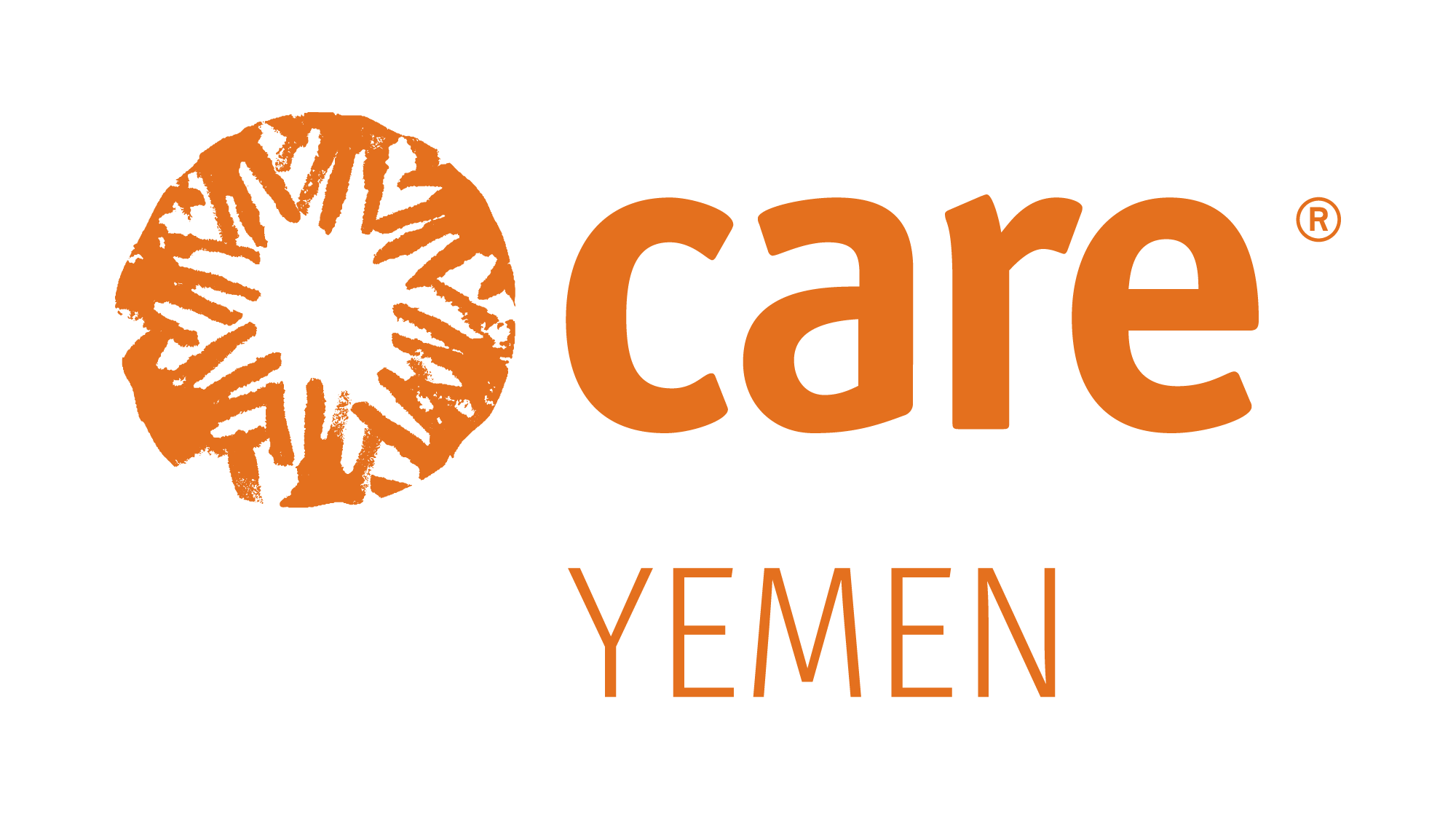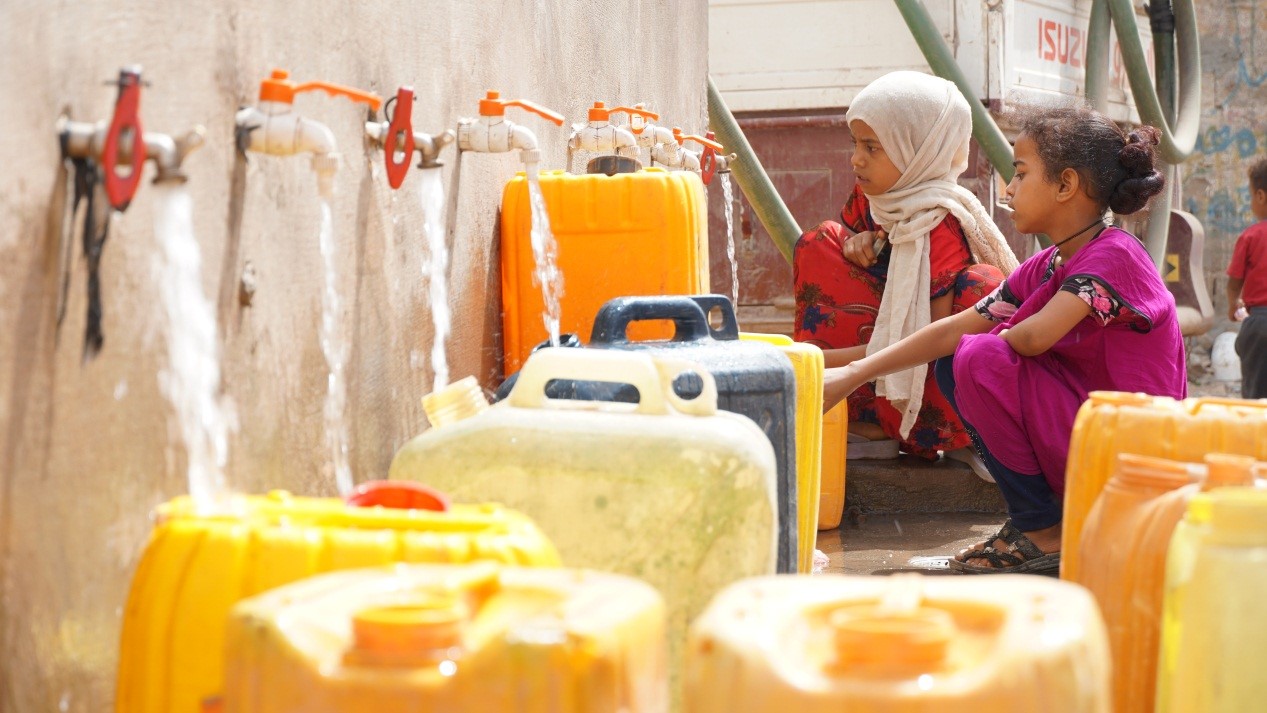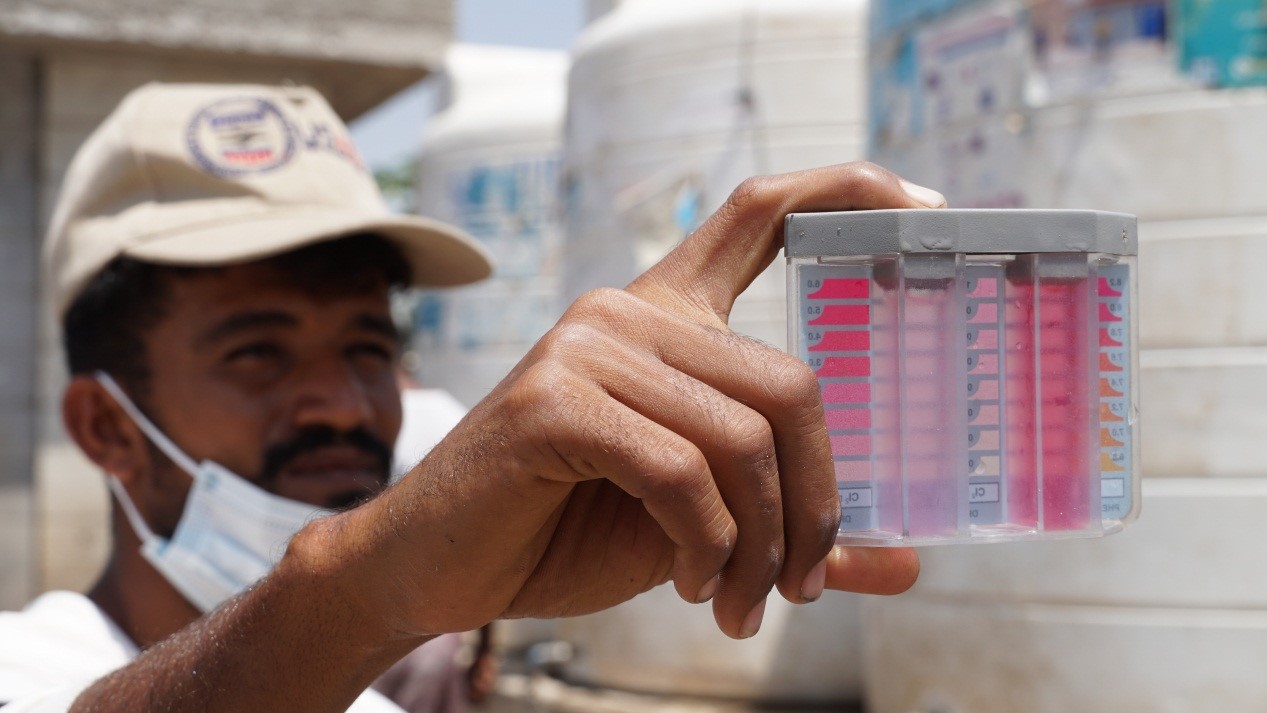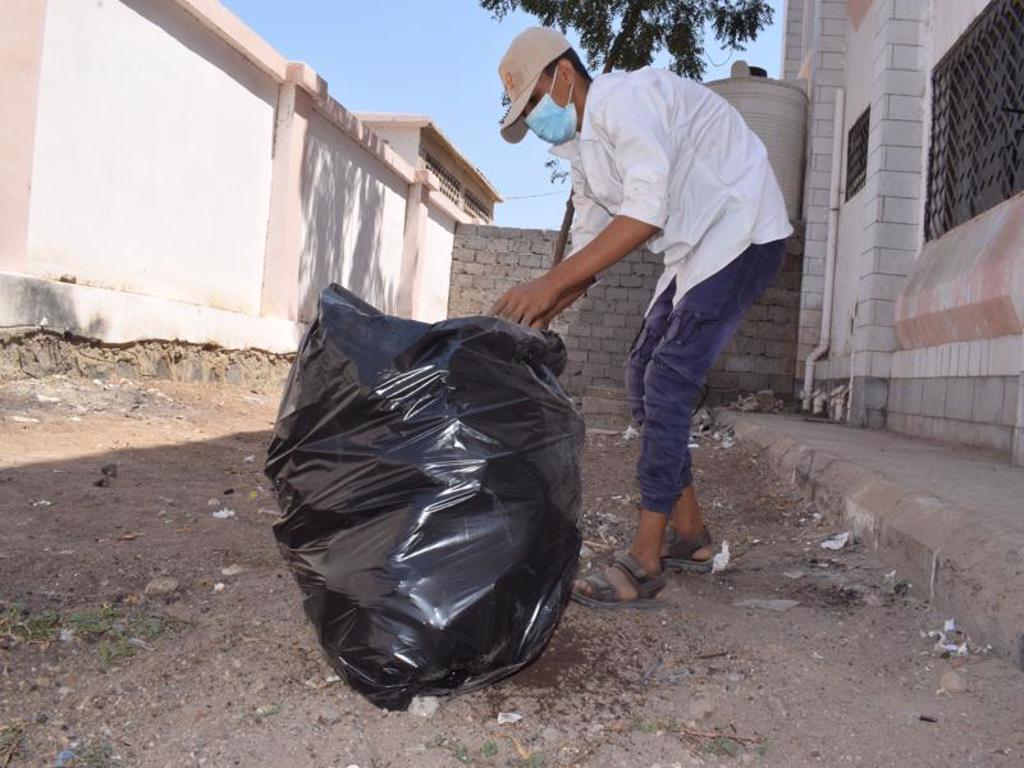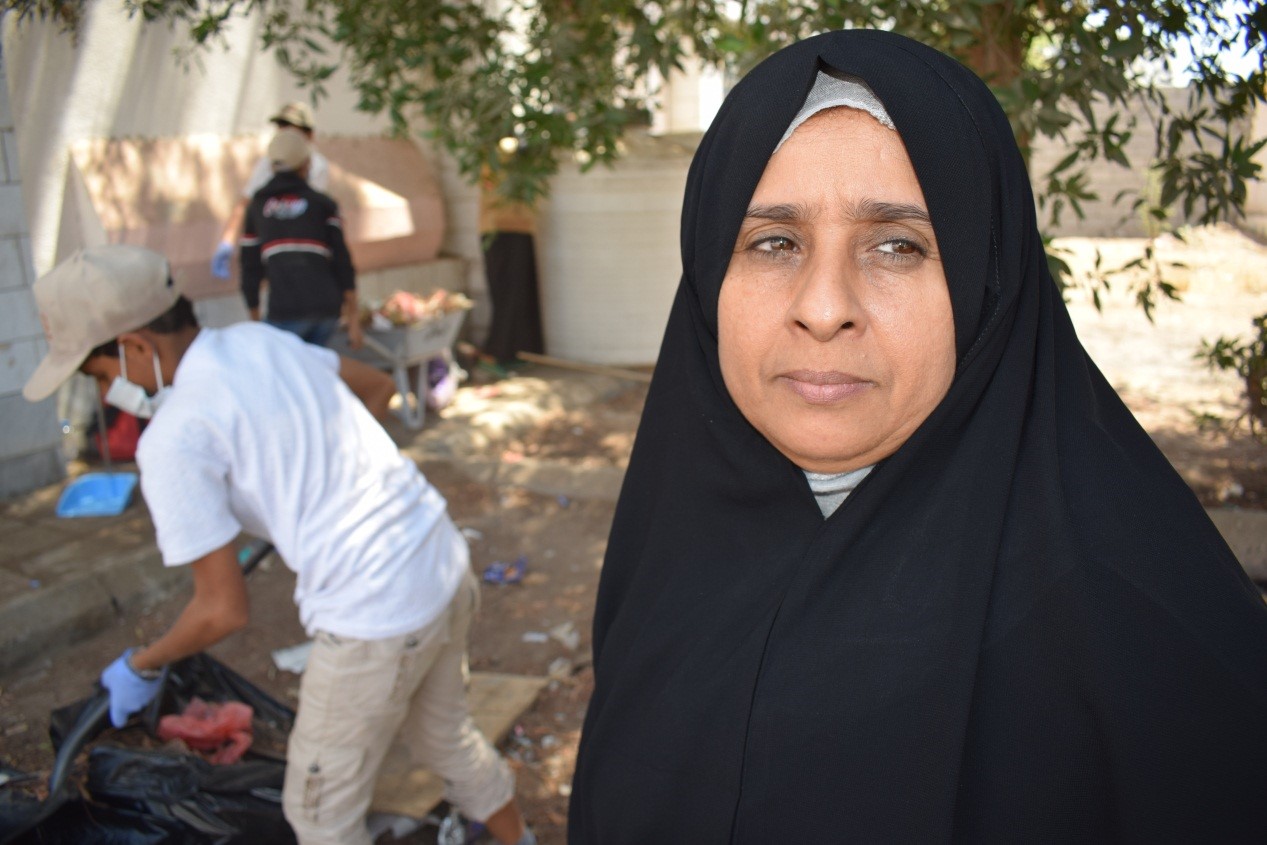In Yemen, an estimated 15.4 million people, including over 3.4 million women and 8.4 million children, require support to meet their basic water, hygiene and sanitation (WASH) needs.More than 50% of them are in acute need. More than six years of relentless conflict have seriously damaged the country’s aging water and sanitation system infrastructure. Added to that, it is worth noting that Yemen is facing a crisis on multiple fronts: looming famine, economic crisis, and outbreaks of diseases such as dengue, acute diarrhea, cholera and COVID-19.
“Hardly a week goes by without one of my children having to suffer from severe diarrhea as a result of using contaminated water that we collect from exposed wells,” says Ali Hobbit Mohamed, a 28-year-old father of five children. Ali used to work as a shepherd. He lived happily with his children in a traditional Yemeni house in Al Hodeidah governorate. But the intensified fighting in his hometown led him to flee to an IDP camp in Dar Saad, a district of Aden governorate, where the family sought refuge.
Having been forced to flee their homes, Internally Displaced People (IDPs) are exposed to a range of challenges and risks. They suddenly find themselves without shelter, food, water, and other basic needs. IDP camps have no water networks whatsoever. This situation leads IDP families to rely on private water trucking, meaning they have to fill their cans themselves. “What worries me most is the presence of swamps near water points,” says Salah Abdulrahman, a resident in the camp.

